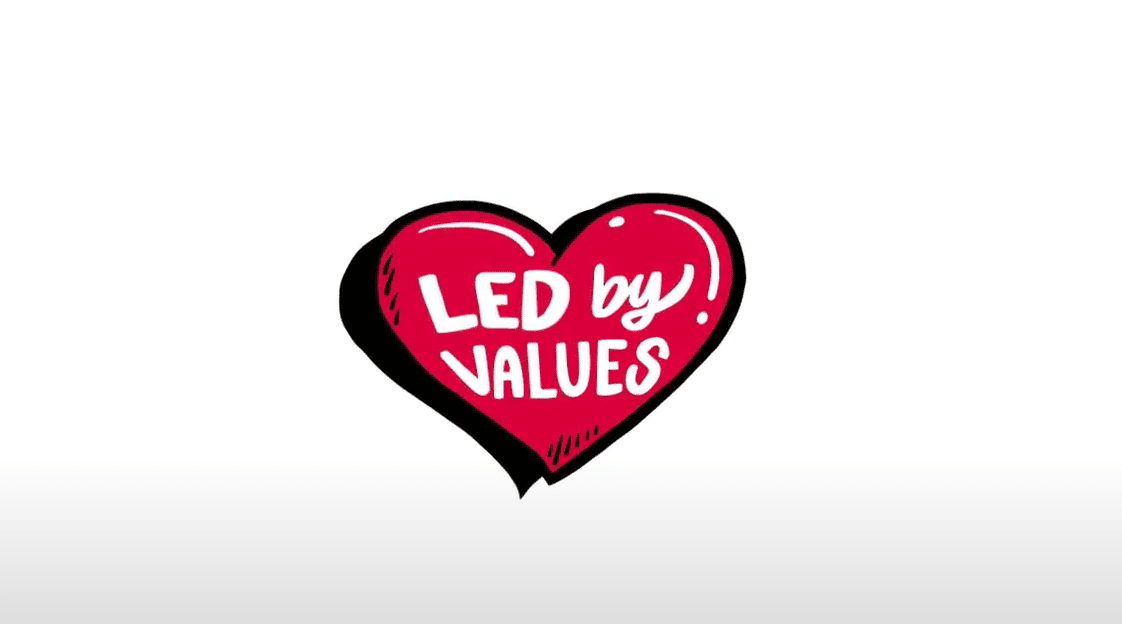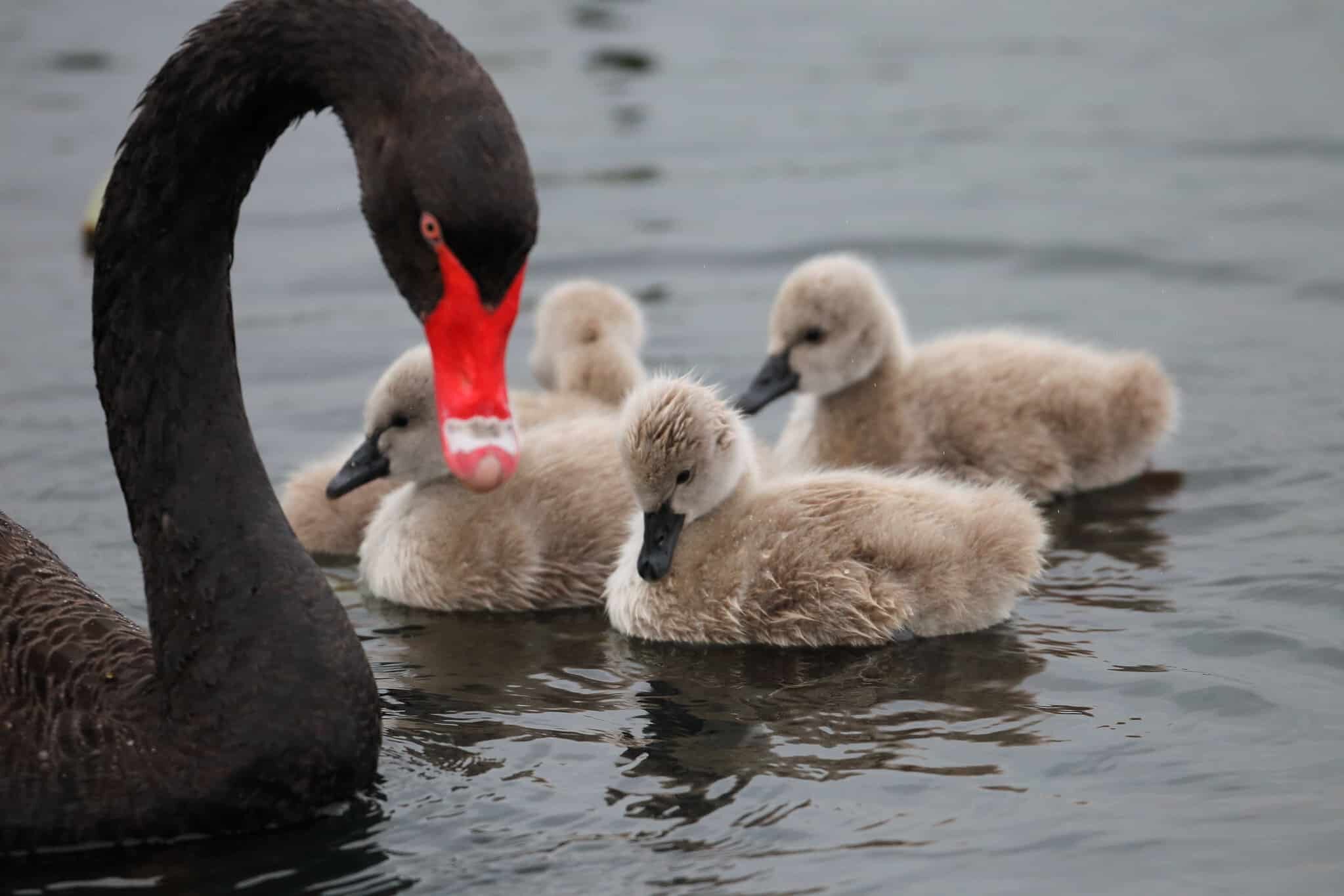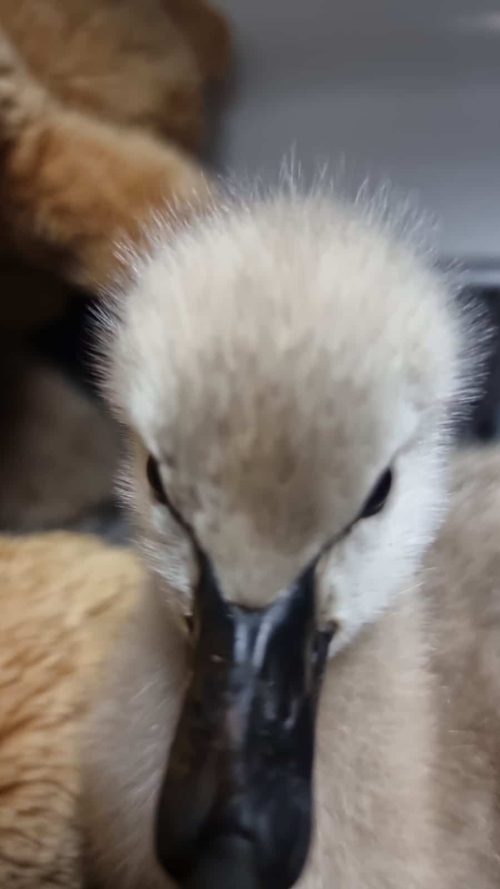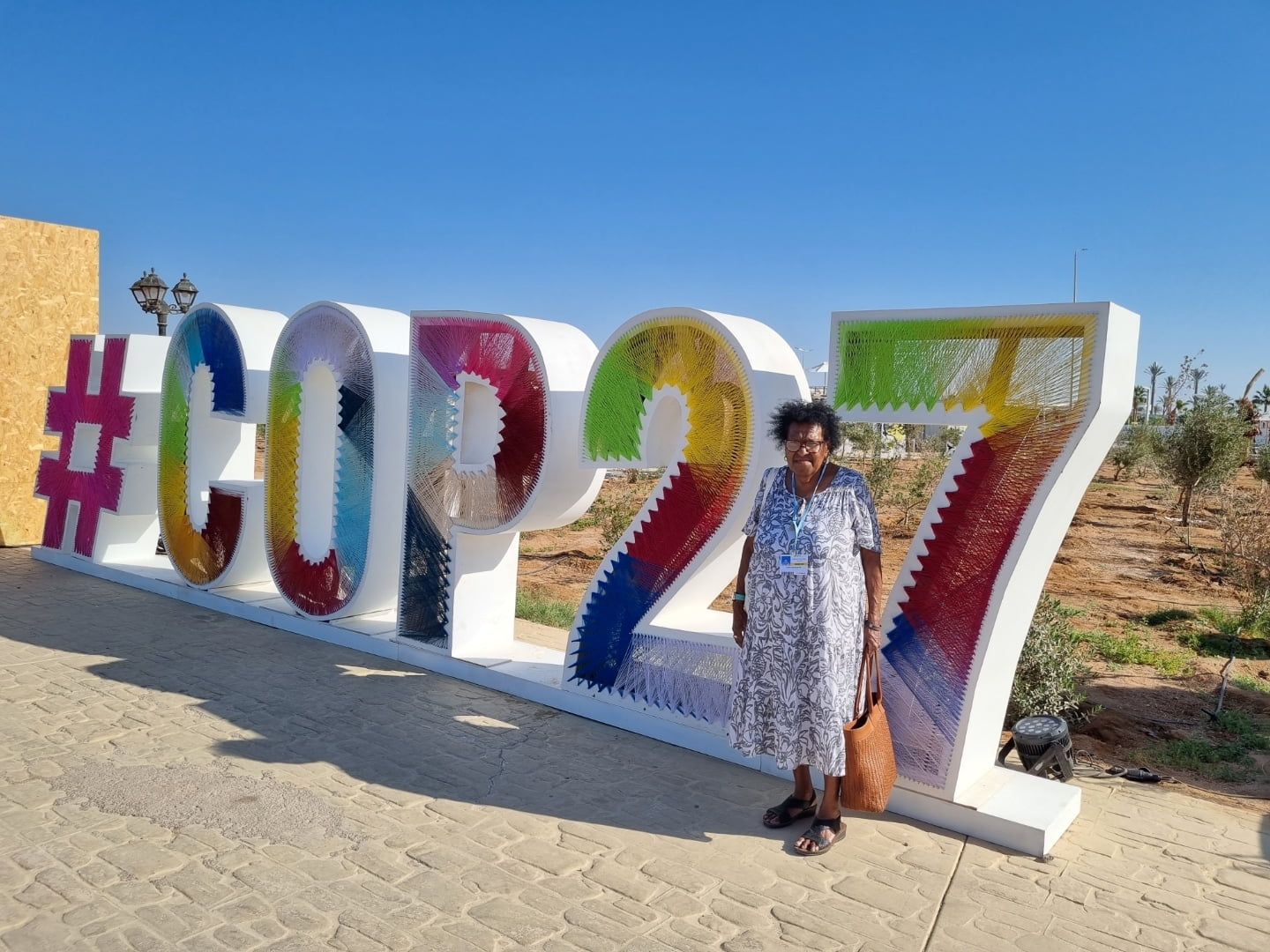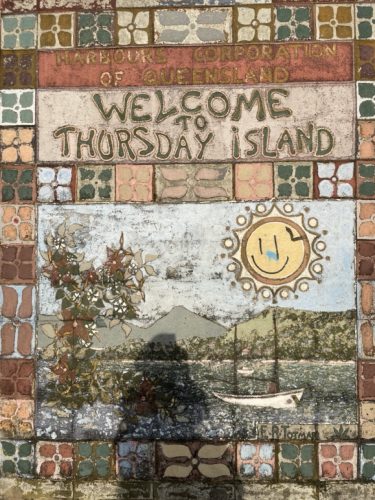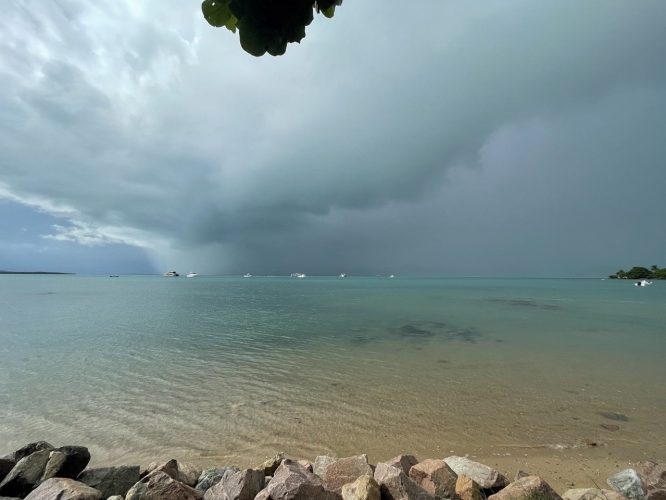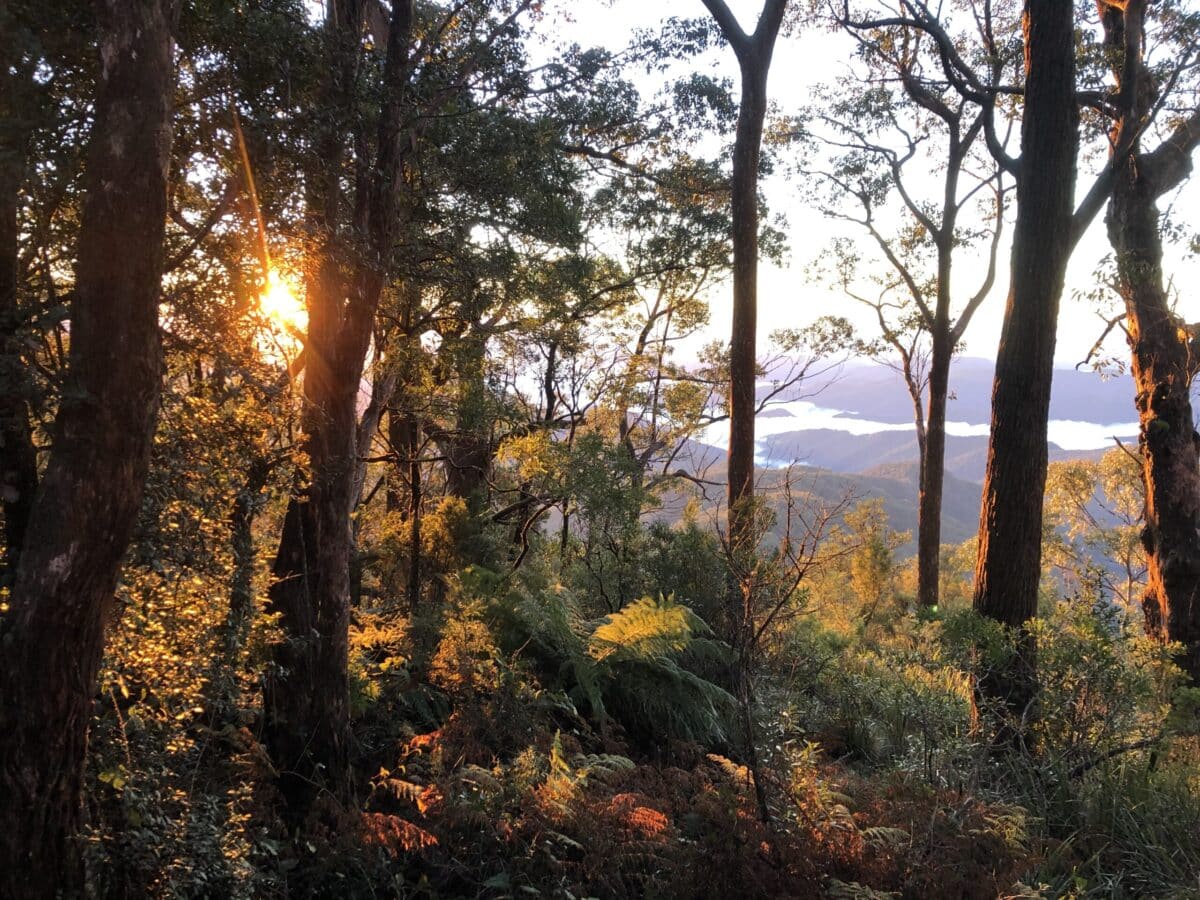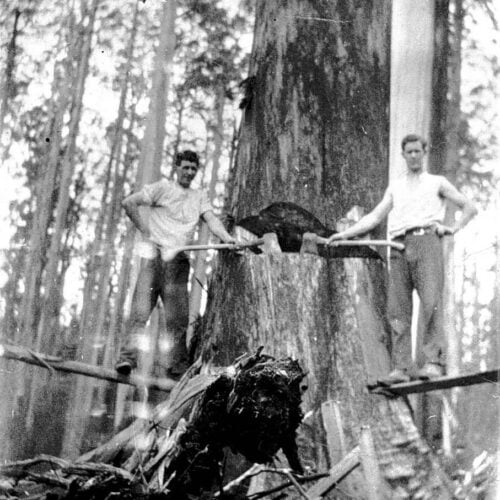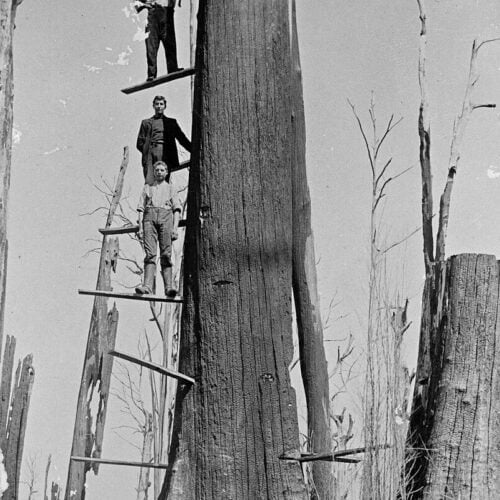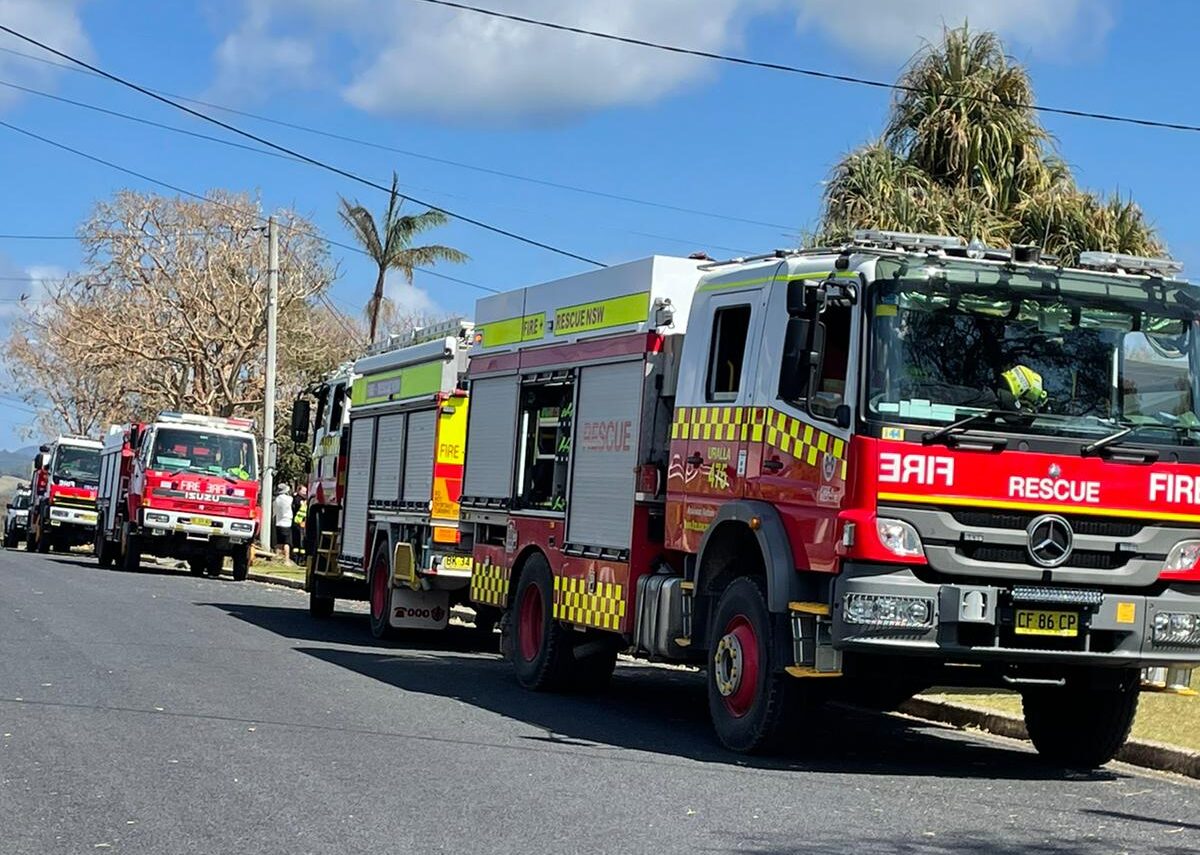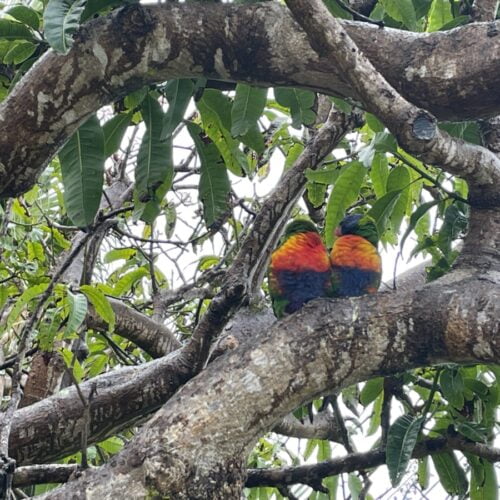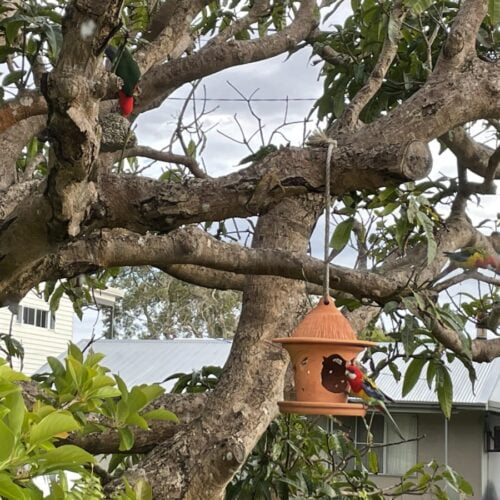Changing habits of a lifetime as an individual takes commitment. Whether it’s switching from a combustion engine car to who you bank with. Switching takes time — and investment.
These individual changes are important but when we do it as a collective and as a business, WOW. That’s when we can really make a difference.
But to do things differently – and regeneratively — that takes courage.

Alsco: a company working to transform and lead their industry
Alsco, the Australian textile, first aid and hygiene company has been in business for 60 years. Recently, they’ve made many changes org-wide.
These include:
- uplifting pay
- improving safety across their entire business
- launching their “2030 Successfully Sustainable Strategy”
- switching to renewables
- initiating national and local community partnerships
- addressing their waste as one of the inaugural partners with BlockTexx which turns textile waste into a resource.
Individually each initiative is important. But combined, they reflect a change in thinking and require a shift in behaviour. From a regenerative perspective this means building capacity — and capability — over the long-term.
Taking a leap of faith
Just before Christmas, Alsco engaged my company Wordstruck to develop an end-to-end Storytelling program. Their initial goal: to articulate the changes they’ve been making in sustainability.
“As a company we were doing good things,” says CEO Mark Roberts. “But we didn’t have a clear way to articulate our story.”
From the get-go, we could see that their story was about more than sustainability. It needed to connect the dots to reflect the org-wide changes. More than that, it needed to unlock the passion and harness the motivation that Mark and his senior leadership team have “to make a difference”.
Working with Wordstruck, says Mark, “was a leap of faith. We use consultants strategically and don’t usually invest in this sort of program. But 12 weeks later, we not only had an impactful story, but a suite of assets including a graphic and video animation.”
The Wordstruck way
When we are working with a client, we are always looking for clues. While we start with desk-top research and pour over a company’s strategies, it’s in the interview phase that we start to understand what’s really going on.
Both myself and lead Strategic Storyteller, Sue White, have 50+ years of combined journalism experience (yup! I know).
We listen for what’s motivating the key influencers; what they care about; why they work as hard as they do.
This unlocks the emotion in the story. A powerful story requires head and heart.

Becoming values-led to transform thinking
With Alsco we identified that becoming values-led is integral to their story. This represents a paradigm shift. While they still want to make a profit (and be around for another 60 years), HOW they make profit is changing.
“This values-led story has transformed thinking in our senior leadership team,” says Mark. But, it’s fair to say, he wasn’t sure how it would land. “I’ll admit, a few members of our team need to be convinced about sustainability.”
Creating the right conditions
From a regenerative perspective, we are looking to create the optimum conditions for change.
We always co-create programs with our clients. In this case, one thing we did, when designing the storytelling workshop that Wordstruck delivered at Alsco’s national conference, was identify “storytelling champions”. These individuals shared their stories with the whole company. The response was electric. Hearing them seemed to trigger a palpable wave of possibility and motivation to do more.


“The room was humming and people were engaged,” continues Mark. “There was real enthusiasm and I could see that the team are beginning to understand that Alsco needs to start behaving and acting differently in the marketplace because the world demands it.” He knows there’s a long way to go. “Sometimes, it feels like we are just getting started.”
But he’s committed for the long-term. He’s a grandfather now, and has another grand-child on the way. “We need to think about our legacy — and what we are leaving future generations. We’ve got to do the right thing.”
3 Regenerative Learnings
- Shifting to a systemic way of thinking takes time, commitment and courage.
- Identifying key individuals and co-designing a program helps create the optimal conditions for regeneration.
- Motivation is key to both initiating change – while also maintaining the energy (and enthusiasm) required for the road ahead.
Hi, I’m Claire. Through my business Wordstruck we help companies bring their sustainability strategy to life. As the Founder of Regenerative Storytelling, we’re helping leaders do more for their people, their community and the planet. I publish regular content about storytelling, regenerative leadership and reframing how to address our rapidly heating world. To see more of my content, please sign up – and join the conversation by sharing a comment below.

